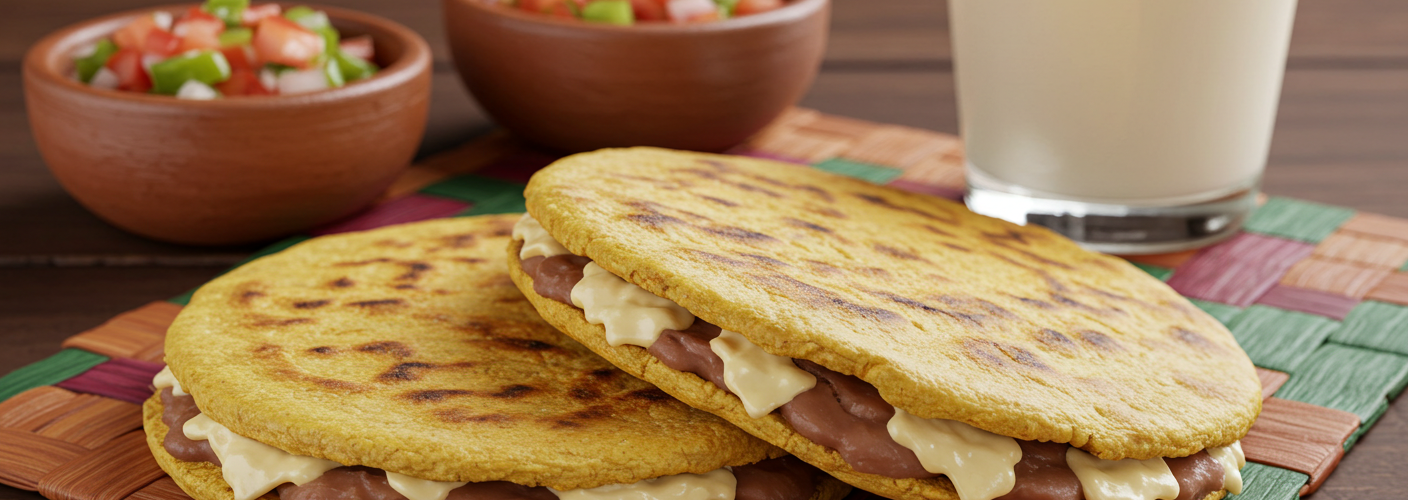If you’re looking to expand your palate with something truly unique, allow us to introduce you to pupusas, a traditional dish from El Salvador that has gained popularity far beyond Central America. These thick flatbreads are not just a meal; they are a sensory experience that tells a story of culture, tradition, and communal eating.
Pupusas are typically made from masa de maíz, a dough made from corn, which is rolled into a disk and filled with various ingredients. The stuffing options are as diverse as they are delicious. Common fillings include cheese, refried beans, pork, and even more inventive combinations like squash or spicy jalapeños. This versatility allows for a customizable dining experience that can cater to all tastes and dietary preferences, making pupusas a beloved choice among many.
One of the most charming aspects of pupusas is their origins. Rooted deeply in indigenous Mesoamerican culture, the dish reflects a blend of historical influences over the centuries. While various versions of stuffed corn tortillas can be found across Latin America, the Salvadoran version is distinguished by its thickness and the meticulous care that goes into its preparation.
To enjoy pupusas is to embrace the culinary culture of El Salvador. They are typically served with curtido, a tangy fermented cabbage slaw that accompanies the flatbread and adds a refreshing crunch to each bite. A side of tomato salsa, with its rich and zesty flavor, completes the dish, balancing the savory filling of the pupusas beautifully.
Whether you’re enjoying them at a bustling street vendor stall, during a family gathering, or trying your hand at making them at home, pupusas invite a communal experience. In El Salvador, it’s common for families to gather to make pupusas together, turning the meal prep into a cherished social event. Each family may have its own secret ingredients or technique, passed down through generations, making every bite of pupusa a taste of heritage.
For those intrigued by the preparation of pupusas, making them at home can be a rewarding challenge. All you need is masa flour, water, salt, and your choice of filling. Begin by kneading the masa until it’s smooth and pliable. The filling can be as simple or elaborate as you like—common combinations include the classic cheese and beans or more adventurous flavors like chicharrón (fried pork) combined with cheese.
Once you prepare the fillings, take a portion of masa, flatten it into a disk, and place a spoonful of your chosen stuffing in the center. Carefully fold the dough around the filling, pinching it closed to create a spherical shape, and then press it down to form a thick disk again. From there, cook the pupusas on a hot griddle until golden brown.
As you bite into a freshly made pupusa, the warmth of the bread coupled with the rich flavors of the filling transports you to El Salvador, even if you’re enjoying them thousands of miles away. With the rise of food trucks and international eateries, it’s easier than ever to delight in this and other culinary treasures from around the world.
In conclusion, pupusas serve as more than just sustenance; they are a connection to culture, history, and community. Whether you’re savoring them at a local restaurant or experimenting with your own recipes at home, pupusas are sure to bring joy and flavor to your dining experience. So, gather friends and family, and dive into the delicious world of pupusas—you won’t regret it!




Add comment